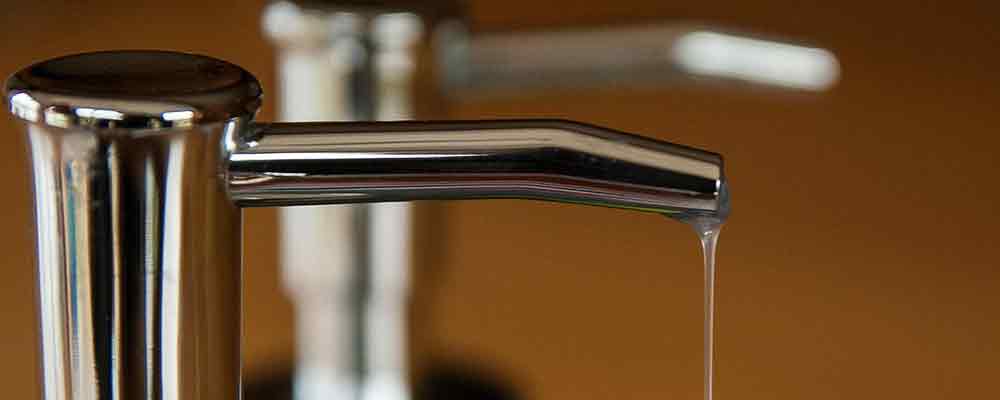Editor’s note: This is the second post in our two-part series on the nuances of washing your face, one of the core acts of a sound skincare routine. In the previous post, we addressed how often you should really be washing your face. Here, we’ll help you find just the right cleanser for you.
We learned in the last post that your skin type should help you determine how frequently you should be washing your face. It should follow, then, that whichever cleanser you use should also be based on your skin type, right? Yes and no. This one’s not as clearcut.
Before we go any deeper, let’s take a closer look at what exactly we’re talking about.
If less is more when it comes to skincare, why not simply use an unscented bar soap to wash your face? Sure, they both cleanse the skin, but their formulations are slightly different. Soaps, which generally contain sulfates, are more likely to strip the delicate skin of the face of its natural oils and leave the skin feeling dry. Facial cleansers, on the other hand, are designed to be gentler and more moisturizing. They also often contain ingredients that contain specific skin concerns.
Now that we’re on the same page, let’s find you a cleanser.

Search by skin type
Whether you’re washing your face once or twice a day, the cleanser you use matters. Finding one with a formulation tailored to your skin type is a good place to begin.
For oily, acne-prone, or normal skin, gel-based cleansers are an effective option because they won’t strip the skin.
If your skin is dry or sensitive, a creamy cleanser might be a better fit since these formulas help maintain natural moisture. (Yes, they produce fewer suds. No, that’s not an indication that they’re not working.)
Foam cleansers are popular because people like the feel of them, but they can be quite drying, especially for skin that’s already dry. This may make them a better choice for oily skin types.
When considering your options for a daily cleanser, look for hydrating ingredients like glycerin, aloe, ceramides, and hyaluronic acid, as well as niacinamide for oily skin.

… as well as your skincare needs
One facial cleanser is all you really need. But some may prefer to have a second in the rotation for other needs, such removing makeup or managing acne.
For example, cleansers with salicylic acid can help prevent breakouts and manage excess oil when used one to three times a week. Many with acne-prone skin also turn to a benzoyl peroxide cleanser, which can be effective when used a few times a week at a low concentration (2.5% to 5% benzoyl peroxide; 10% formulas are more appropriate for body acne).
If you use a benzoyl peroxide cleanser, be sure to rinse it all off because this ingredient can bleach towels and sheets.
An oil-based cleanser or micellar water, used before the application of a water-based cleanser, can help with the removal of makeup or sunscreen. This method is referred to as double cleansing. Oil cleansers are formulated with surfactants that help rinse off debris more effectively. And they’re able to do so while leaving little to no residue.
Determining how often to clean your face and choosing what to wash it with is very much an individual process, but there is one universal rule: Cleansing should clean your skin without irritating it. If your face is red or sensitized afterward, it’s time to find a new face wash.



 How Often Should You Really Be Washing Your Face?
How Often Should You Really Be Washing Your Face?